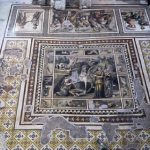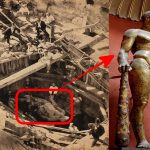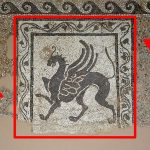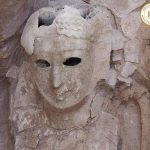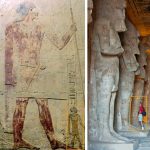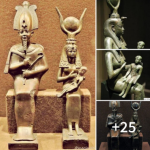An aerial view of the Parthenon.
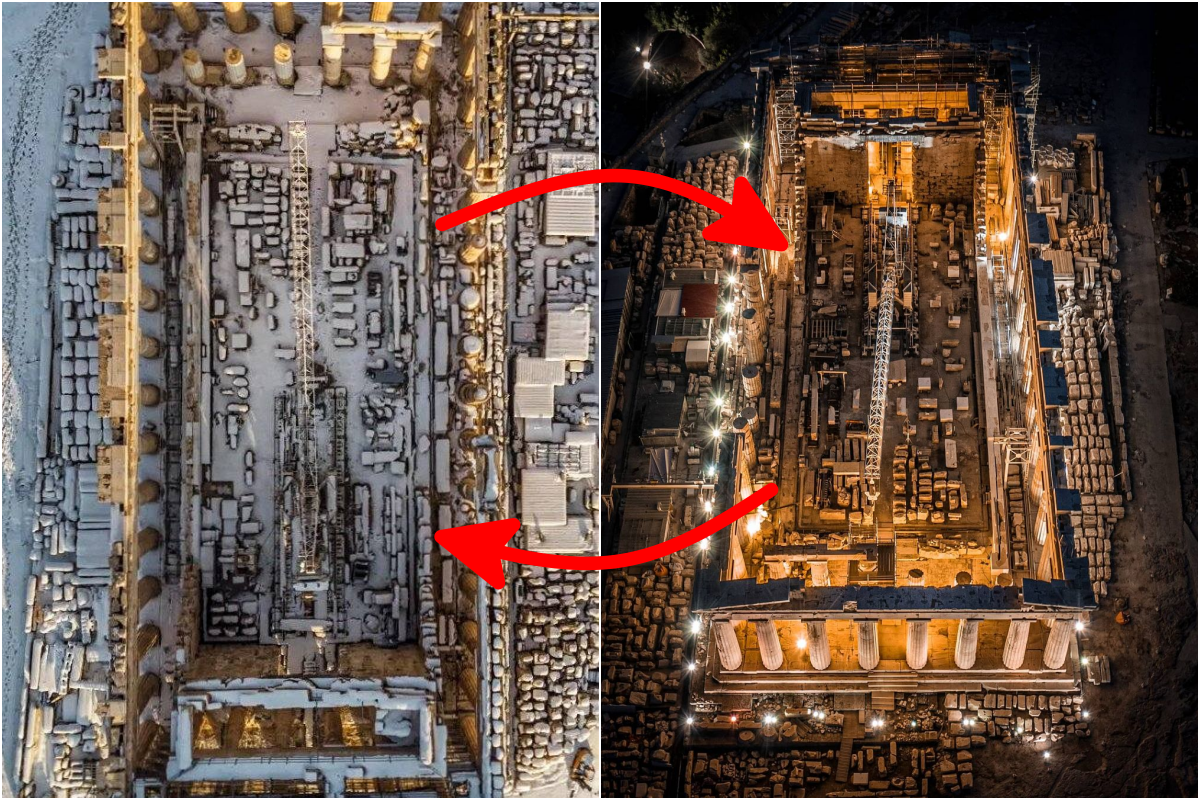
The Parthenon, an iconic symbol of ancient Greece and Western civilization, presents a breathtaking sight when viewed from above. Perched atop the Acropolis in Athens, this magnificent temple is a testament to the architectural brilliance and cultural legacy of the Athenian civilization.
From a bird’s-eye perspective, the Parthenon appears as a majestic structure, its imposing columns and intricate pediments standing in stark contrast against the backdrop of the Athenian skyline. The temple’s proportions and symmetry are immediately apparent, showcasing the mastery of ancient Greek architects in harmonizing form and function.
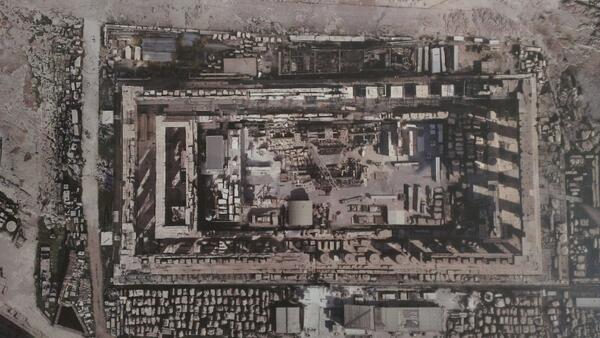
As one gazes down upon the Parthenon, it’s impossible not to be captivated by the sheer scale and grandeur of the edifice. The Doric columns, rising gracefully towards the sky, evoke a sense of strength and stability, while the elaborate friezes and sculptures adorning the temple’s exterior hint at the rich mythology and cultural heritage of ancient Greece.
The view from above offers a unique perspective on the Parthenon’s history and significance. Originally built in the 5th century BCE as a dedication to the goddess Athena, the patron deity of Athens, the temple served as the centerpiece of the city’s religious and civic life. It housed a colossal statue of Athena, crafted from ivory and gold, and was the site of lavish festivals and ceremonies honoring the goddess.
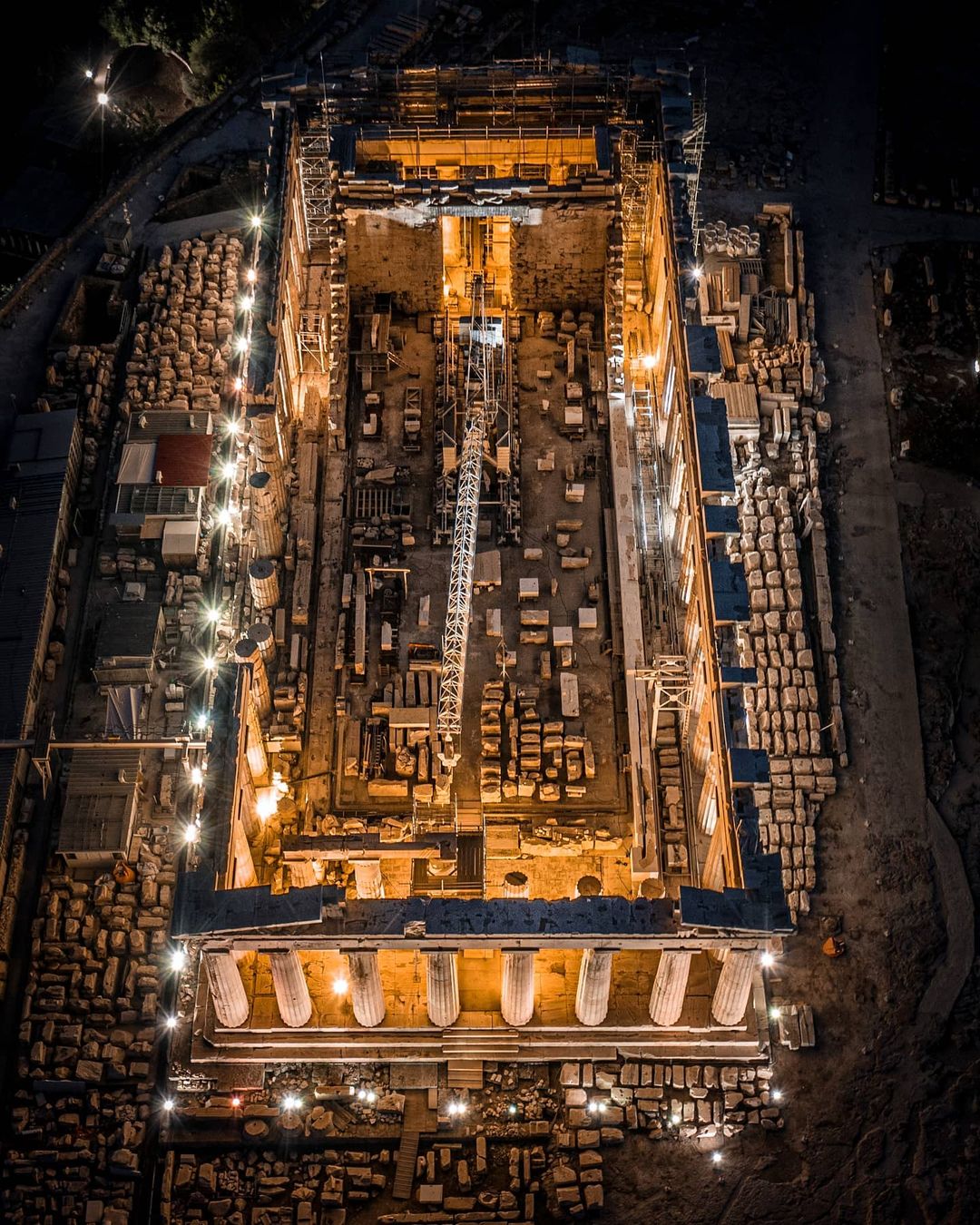
Over the centuries, the Parthenon has undergone numerous transformations and witnessed the rise and fall of empires. It has served as a temple, a church, a mosque, and even a gunpowder magazine, each layer of history leaving its mark on the ancient stones. Despite the passage of time and the ravages of war and weather, the Parthenon endures as a symbol of resilience and cultural identity.
From above, one can also appreciate the ongoing efforts to preserve and restore the Parthenon for future generations. Restoration projects, initiated in the 19th century and continuing to this day, aim to stabilize the structure and protect it from further decay. These endeavors are a testament to the enduring significance of the Parthenon as a symbol of human achievement and artistic excellence.
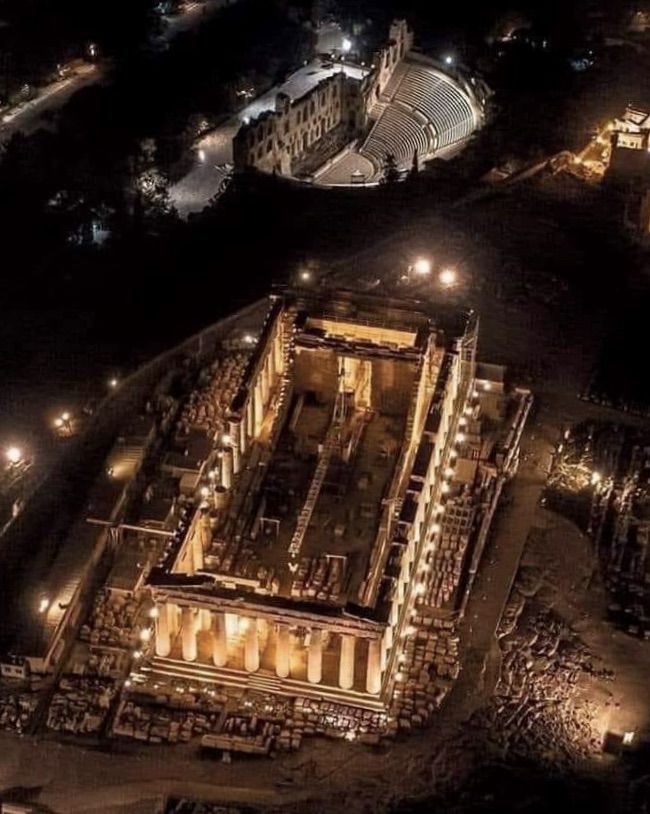
In addition to its architectural splendor, the Parthenon holds profound cultural and symbolic value. It represents the birthplace of democracy, the ideals of rational thought and inquiry, and the enduring legacy of classical Greece. Its influence can be seen in art, literature, and philosophy throughout the ages, serving as a source of inspiration for generations of artists, scholars, and thinkers.
In conclusion, the view of the Parthenon from above is a mesmerizing experience that encapsulates the beauty, history, and cultural significance of this ancient monument. As one takes in the sight of this majestic temple, it serves as a reminder of the enduring legacy of ancient Greece and the timeless ideals it embodies. From its commanding position atop the Acropolis, the Parthenon continues to inspire awe and wonder, inviting visitors to ponder the mysteries of the past and contemplate the enduring power of human creativity and ingenuity.

